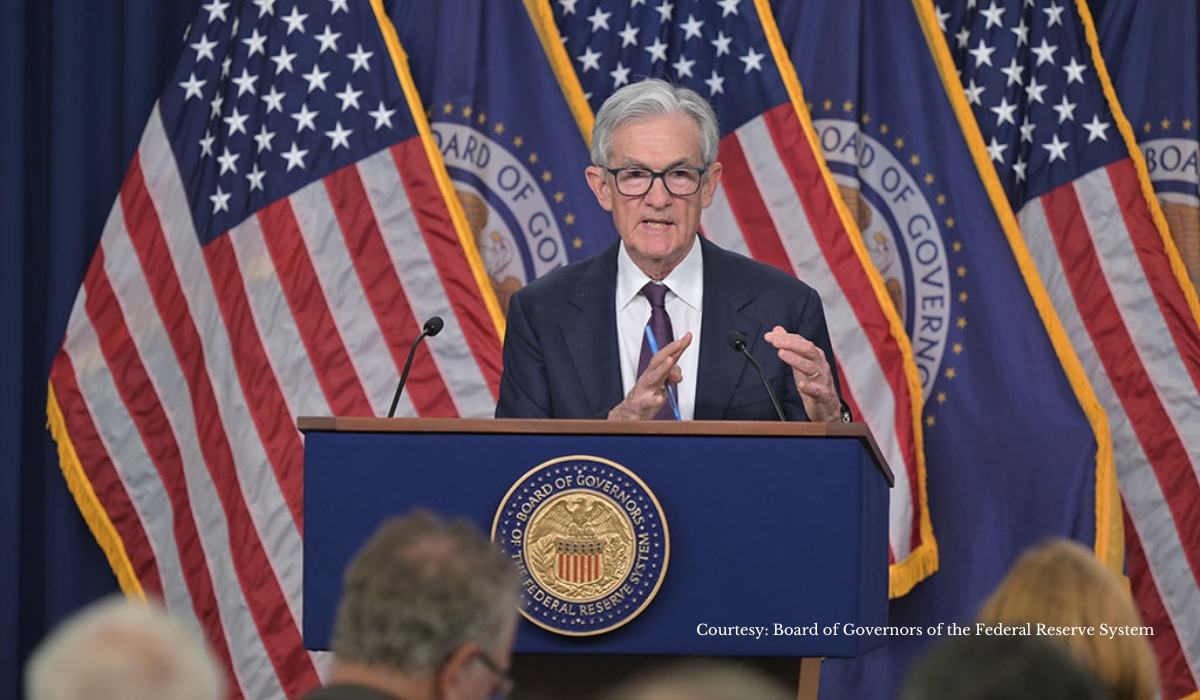In a clear message of patience, Federal Reserve Chair Jerome Powell emphasized that the U.S. central bank isn’t prepared to respond in the same way as some other central banks in cutting interest rates.
At the conclusion of its latest policy meeting, the Fed left its benchmark overnight rate unchanged in the 4.25% to 4.50% range, signaling a wait-and-see approach as economic uncertainties continue to mount.
Powell’s press conference highlighted the Fed’s caution, with the word “wait” or a variation of it used 22 times. “The costs of waiting to see further are fairly low, we think, so that’s what we’re doing,” Powell said. The message was clear: despite rising risks, the central bank believes it’s too soon to act.
Weighing Inflation and Unemployment Risks
Although the Fed acknowledged a still-solid pace of growth, it also cited increasing risks of higher inflation and unemployment. These dual threats complicate the economic outlook and suggest that any change in monetary policy could have unintended consequences.
As Powell explained, “It’s not at all clear what the appropriate response for monetary policy is at this time.” The Fed’s latest policy statement reinforced this position, noting that uncertainty around the economic outlook had intensified since its previous meeting in March.
A major source of this uncertainty is the evolving impact of President Donald Trump’s tariff policies, which have contributed to volatility in business and consumer sentiment.
The Shadow of Trade Policy
Trump’s tariffs and the inconsistent communication around their implementation have further clouded the path forward. A flurry of developments—including a so-called “Liberation Day” of tariff changes, a 90-day delay announcement on April 9, and shifting trade negotiations—have made it increasingly difficult for the Fed to project economic conditions.
Fed officials are especially cautious because the scale and persistence of these effects remain unknown. Powell put it plainly: “The scope, the scale, the persistence of those effects are very, very uncertain… I don’t think we can say which way this will shake out.”
Market Reaction and Economic Outlook
Economists, including Thomas Simons of Jefferies, noted that the Fed’s language likely understated the level of disruption and uncertainty in the economy. According to Simons, the flood of tariff-related news and its impact on sentiment makes it nearly impossible to draw firm conclusions about the economic trajectory. He described Powell as “predictably noncommittal,” reflecting the Fed’s reluctance to take premature action.
Despite increasing chatter about potential rate cuts abroad, the Federal Reserve is not ready to move in that direction. Relatedly, debates around economic policy shifts underscore the broader uncertainty facing markets.
For now, the central bank is choosing to observe, analyze, and adapt as events unfold.

